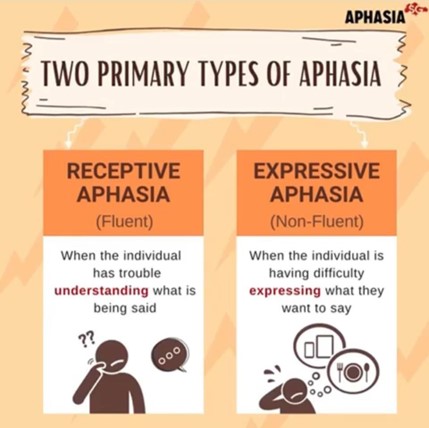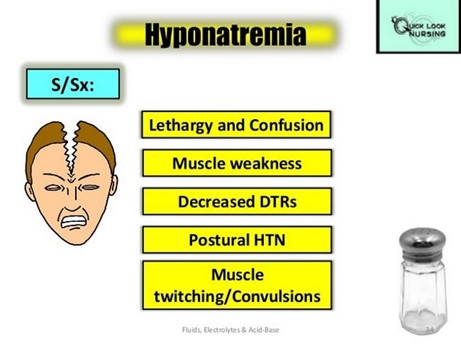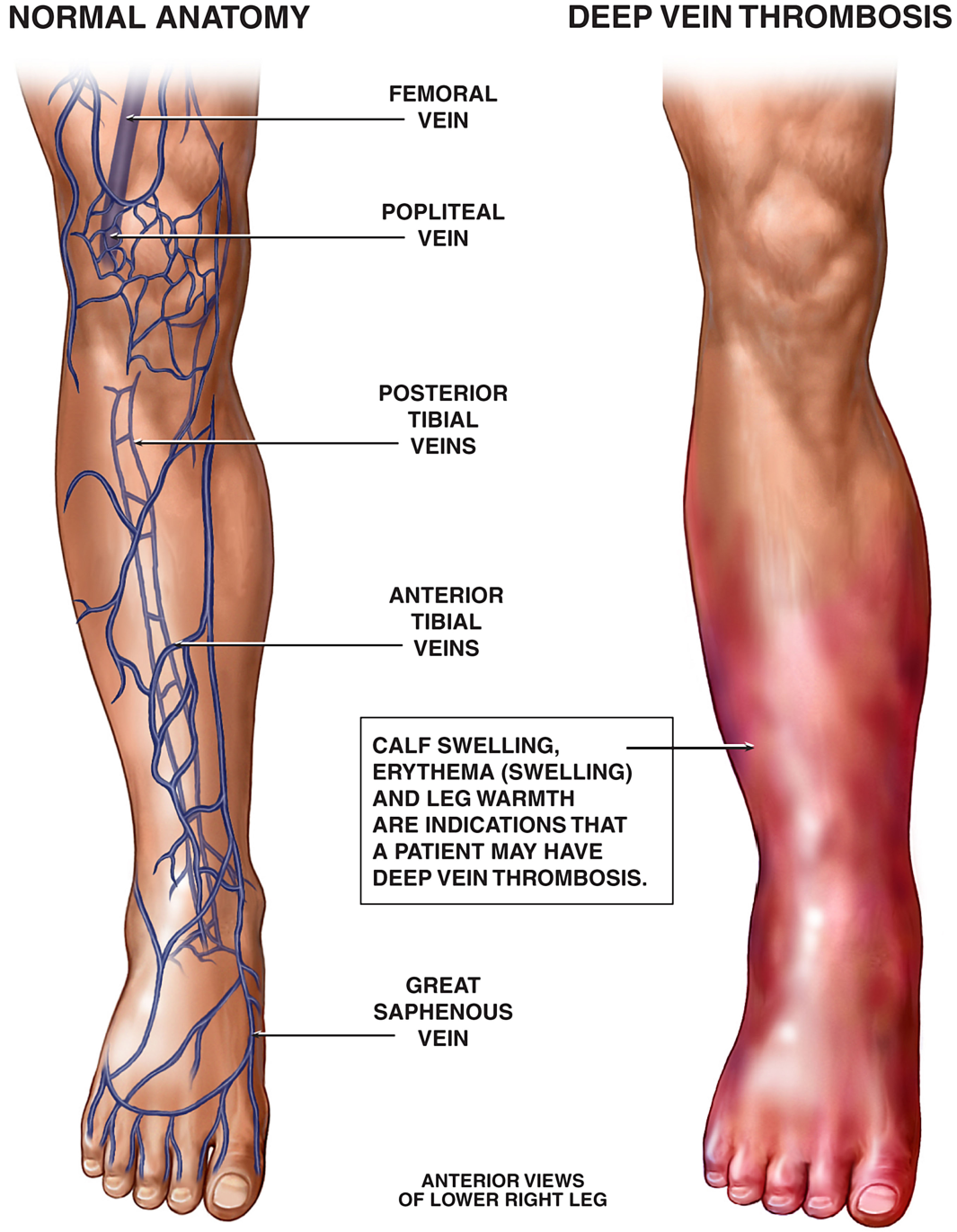PN Fundamentals 2020 with NGN Proctored Exam
ATI PN Fundamentals 2020 with NGN Proctored Exam
Total Questions : 41
Showing 10 questions Sign up for moreA nurse in an acute care center is caring for a client who just died. The client’s family requests to perform the postmortem care. Which of the following is an appropriate response for the nurse to make?
Explanation
The correct answer is choice C. “I will assist you in any way I can during this process.” This response shows sensitivity and respect for the client’s family and their cultural or religious beliefs. Postmortem care involves caring for a deceased patient’s body with dignity and in a manner that is consistent with the patient’s and family’s wishes.The nurse should offer to assist the family in performing the postmortem care if they request to do so.
Choice A is wrong because the family does not need to sign a release form to perform the postmortem care themselves.
There is no legal requirement for this.
Choice B is wrong because a licensed health care worker does not have to perform postmortem care.
The family can perform the care themselves if they wish, with or without the assistance of a health care worker.
Choice D is wrong because postmortem care takes place before the client leaves the facility, not after.
Postmortem care should be provided as soon as possible to prevent tissue damage or disfigurement.
A nurse in a provider’s office performs a fecal occult blood test with a positive result on a client.
Which of the following clients may have a false positive result?
Explanation
Correct answer: C
A. A client who has a venous stasis ulcer: This is less likely to cause a false positive result. While ulcers can bleed, the fecal occult blood test is designed to detect small amounts of blood in the stool, not necessarily blood from other sources like venous stasis ulcers.
B. A client who has peripheral hematomas: Peripheral hematomas are typically not related to the fecal occult blood test. They generally wouldn’t affect the results unless there was significant bleeding or if the hematomas were a result of an underlying bleeding disorder.
C. A client who underwent a barium swallow study: This is the most likely to cause a false positive result. Barium used in the study can sometimes appear as a false positive on the test due to its interference with the chemical reactions used to detect blood.
D. A client who takes an iron supplement: Iron supplements can actually cause a false negative result rather than a false positive because they may darken the stool and mask the presence of blood.
A nurse is caring for a client who refuses a prescribed medical procedure. Which of the following actions should the nurse take to act as a client advocate
Explanation
The correct answer is choice A. Evaluate the client’s concerns and communicate them to the provider.
This is because the nurse’s role as a patient advocate is to speak, act or behave in a way that benefits their patient, who may not be able to support or promote their own needs or interests.
The nurse should provide patients with information regarding their diagnoses, prognoses, treatments, and alternatives, and serve as a patient’s voice when necessary.
Choice B is wrong because contacting the unit’s social worker to report the client’s refusal is not an appropriate action for the nurse to take as a patient advocate.
The nurse should respect the patient’s autonomy and right to refuse treatment, and not involve other professionals without the patient’s consent.
Choice C is wrong because asking the client’s partner to find out why the client has refused the procedure is not an appropriate action for the nurse to take as a patient advocate.
The nurse should communicate directly with the patient and not rely on third parties to obtain information or influence the patient’s decision.
Choice D is wrong because explaining the necessity of the procedure to the client is not an appropriate action for the nurse to take as a patient advocate.
The nurse should not impose their own values or opinions on the patient, but rather provide unbiased and factual information and support the patient’s informed choice.
A nurse is planning to place a client into the Sims’ position.
Which of the following actions should the nurse plan to take?
Explanation
The correct answer is choice D. Placing a pillow under the client’s flexed leg is part of the Sims’ position, which is a way of lying on the left side, with the right hip and knee bent and the left arm behind the back.
It is used for vaginal and colonic examinations and natural childbirth.
Choice A is wrong because positioning the client’s arms at his sides is not part of the Sims’ position.
The left arm should be behind the back.
Choice B is wrong because elevating the client’s feet with two pillows is not part of the Sims’ position.
The lower leg should be straightened and the upper leg should be bent.
Choice C is wrong because raising the head of the client’s bed to a 30° angle is not part of the Sims’ position.
The bed should be flat or slightly tilted.
A nurse is collecting data from a client who had a stroke and is unable to name common items.
The nurse should recognize that the client is experiencing which of the following types of aphasia?
Explanation

This type of aphasia is caused by damage to the frontal lobe of the brain, which affects the ability to produce language.
People with expressive aphasia can understand speech and know what they want to say, but they have difficulty saying words or forming sentences.
They may speak in short phrases that require a lot of effort.
Choice A is wrong because receptive aphasia is a type of fluent aphasia that affects the ability to comprehend language.
People with receptive aphasia have difficulty understanding speech and may produce meaningless words or sentences.
Choice C is wrong because global aphasia is the most severe type of aphasia that affects both the production and comprehension of language.
People with global aphasia cannot speak many words and do not understand speech.
They also cannot read or write.
Choice D is wrong because sensory aphasia is not a common term for a type of aphasia.
It may refer to Wernicke’s aphasia, which is another type of fluent aphasia that affects the ability to produce meaningful language.
People with Wernicke’s aphasia can speak fluently but often use incorrect or invented words or phrases.
A nurse is reinforcing information with a client who wishes to complete their advance directives.
Which of the following statements should the nurse make?
Explanation
The correct answer is choice D. A living will can specify which medical procedures a person wants or does not want to receive in certain situations, such as when they are terminally ill or permanently unconscious.
A living will is a type of advance directive, which is a legal document that provides instructions for medical care if a person is unable to make decisions for themselves.
Choice A is wrong because a person does not need to have advance directives in order to refuse recommended treatment.
They have the right to accept or decline any medical intervention at any time, as long as they are competent and able to communicate their wishes.
Choice B is wrong because a person does not need an attorney to name a designee in their health care proxy.
A health care proxy is another type of advance directive that appoints a person to make health care decisions for someone else if they are unable to do so.
A health care proxy can be completed without involving a lawyer, as long as it meets the state’s requirements for a valid document.
Choice C is wrong because a living will cannot be an oral statement that a person agrees upon with their provider.
A living will must be in writing and follow the state’s laws for creating legal documents.
Depending on the state, a living will may need to be signed by a witness or notarized.
A nurse is reviewing the laboratory results for a client who reports vomiting and diarrhea for 2 days.
Which of the following laboratory findings should the nurse expect?
Explanation

This means low sodium levels in the blood.
Sodium is an electrolyte that helps regulate fluid balance and nerve and muscle function.
Vomiting and diarrhea can cause dehydration and loss of sodium through fluids.
Normal sodium levels are between 135 to 145 millimole/Liter.
Choice A is wrong because hypermagnesemia means high magnesium levels in the blood.
Magnesium is another electrolyte that helps with nerve and muscle function, as well as blood pressure and blood sugar regulation.
Hypermagnesemia is rare and usually caused by kidney failure or excessive use of magnesium supplements or laxatives.
Normal magnesium levels are between 1.46 to 2.68 milligram/deciliter.
Choice C is wrong because hypocalcemia means low calcium levels in the blood.
Calcium is an electrolyte that helps with bone health, muscle contraction, blood clotting and nerve signaling.
Hypocalcemia can be caused by vitamin D deficiency, kidney disease, thyroid problems or certain medications.
Normal calcium levels are between 8.8 to 10.7 milligram/deciliter.
Choice D is wrong because hyperkalemia means high potassium levels in the blood.
Potassium is an electrolyte that helps with nerve and muscle function, especially the heart.
Hyperkalemia can be caused by kidney disease, diabetes, adrenal gland disorders or certain medications.
Normal potassium levels are between 3.6 to 5.5 millimole/Liter.
A nurse is showing a newly licensed nurse how to use a mechanical lift.
Which of the following statements by the newly licensed nurse indicates an understanding of this assistive device?
Explanation
The correct answer is choice D. This type of device is useful for a client who cannot assist.
A mechanical lift is used to transfer residents who cannot support their own weight.
It does not require the client to use upper body strength, as choice A suggests.
The lower end of the sling should go under the client’s thighs, not below the calves, as choice B states.
The sides of the sling are not for the client to hold on to, but for the caregiver to attach to the hooks on the lift, as choice C implies.
Therefore, choices A, B and C are wrong because they do not reflect the proper use of a mechanical lift.
A nurse is assisting with the admission of a client.
Which of the following statements should the nurse make to demonstrate the principle of advocacy?
Explanation
The correct answer is choice A: "I will speak with your provider on your behalf."
Choice A rationale: The principle of advocacy in nursing involves supporting and speaking up for clients to ensure their rights, needs, and preferences are respected. By offering to speak with the provider on the client's behalf, the nurse demonstrates advocacy by actively working to represent the client's interests and facilitate communication between the client and the health care team.
Choice B rationale: While promising to fulfill commitments is an aspect of maintaining professional integrity, it does not directly demonstrate advocacy. Advocacy is more about actively supporting the client's rights and needs rather than personal dedication to fulfilling promises.
Choice C rationale: Maintaining the privacy and confidentiality of client information is essential in nursing practice, but it is not specifically related to advocacy. Privacy is a separate ethical principle that focuses on protecting the client's personal information and upholding their right to privacy.
Choice D rationale: Encouraging clients to make decisions about their health care is important for promoting autonomy. However, advocacy involves actively supporting the client's decisions and ensuring their rights are respected, rather than simply allowing them to make decisions.
A nurse is collecting data from a client who is immobile and has a potential deepvein thrombosis.
Which of the following findings should the nurse report to the provider?
Explanation

You just viewed 10 questions out of the 41 questions on the ATI PN Fundamentals 2020 with NGN Proctored Exam Exam. Subscribe to our Premium Package to obtain access on all the questions and have unlimited access on all Exams. Subscribe Now



